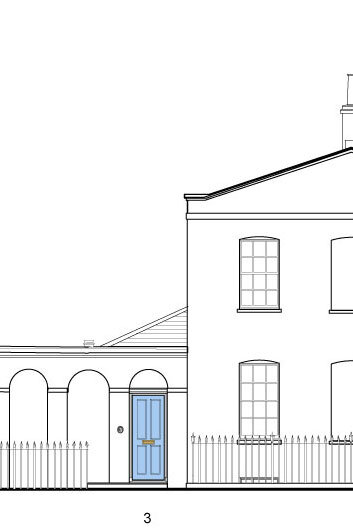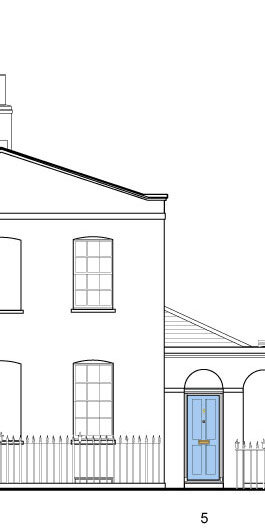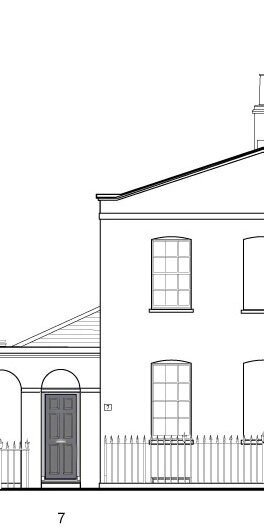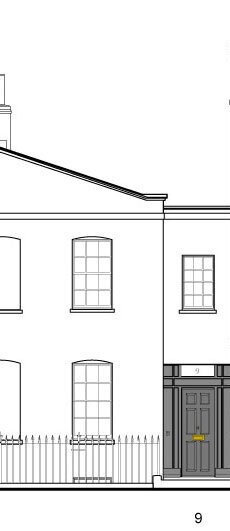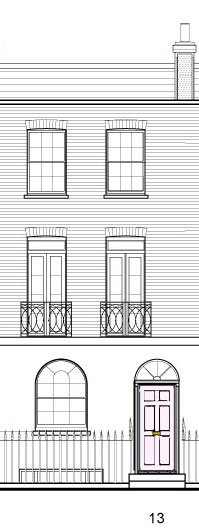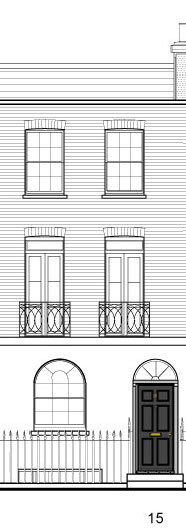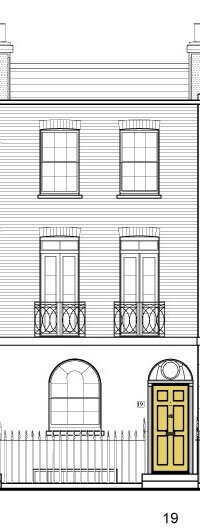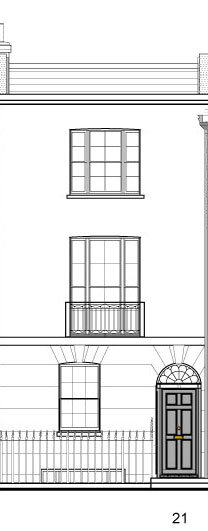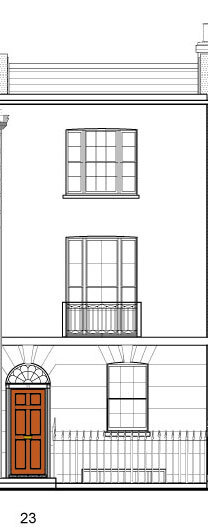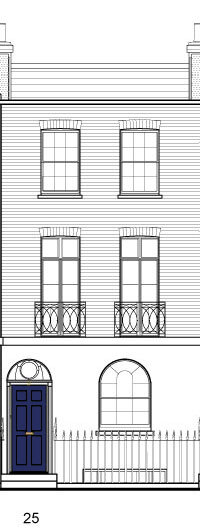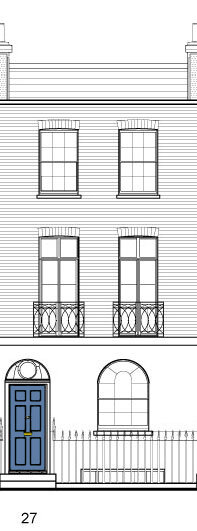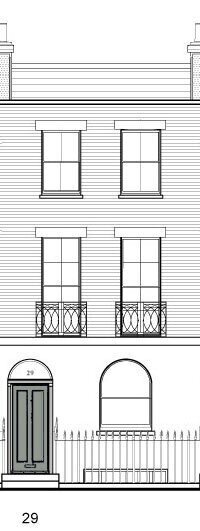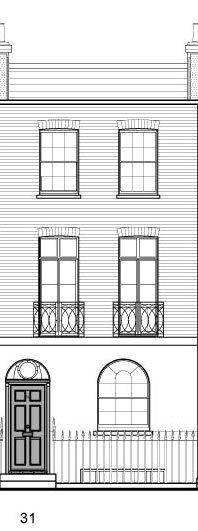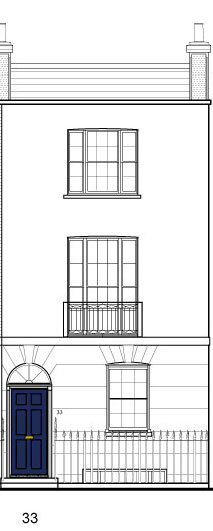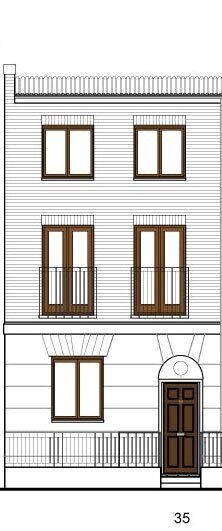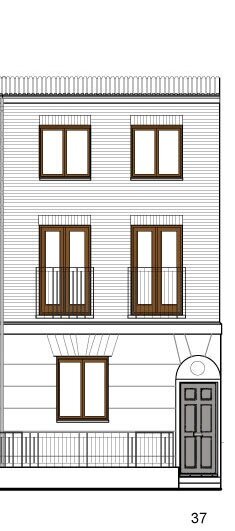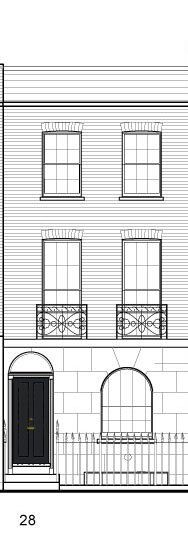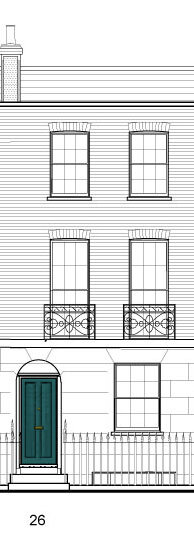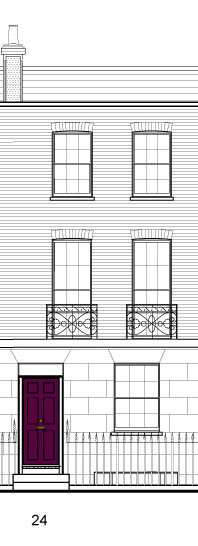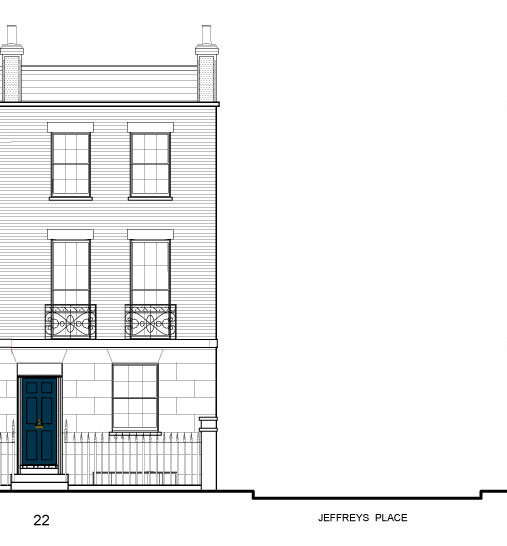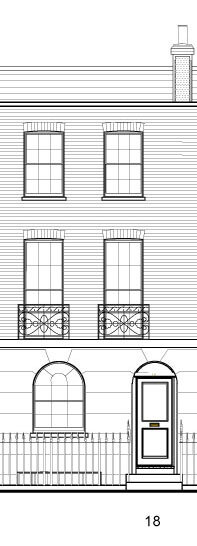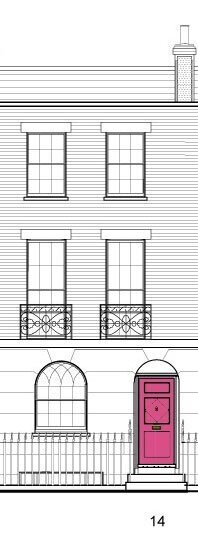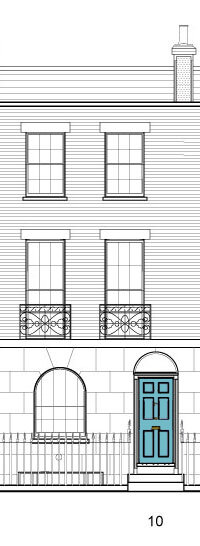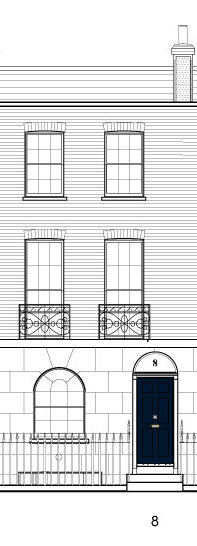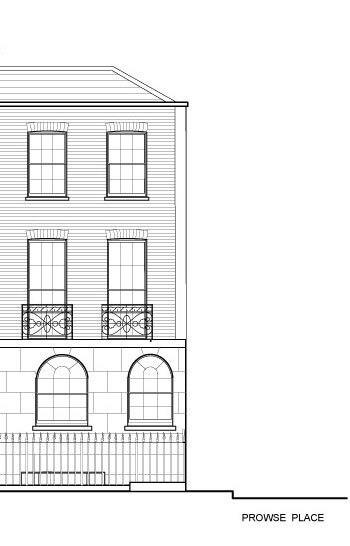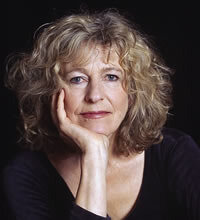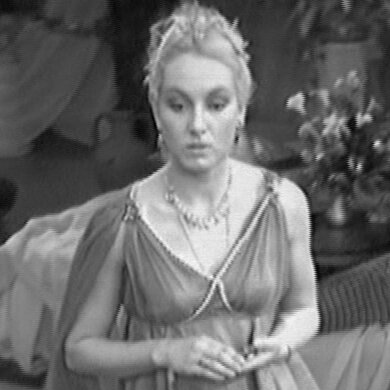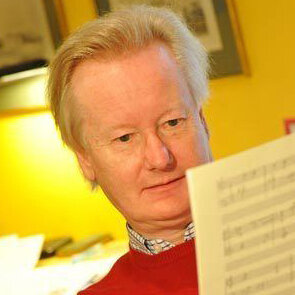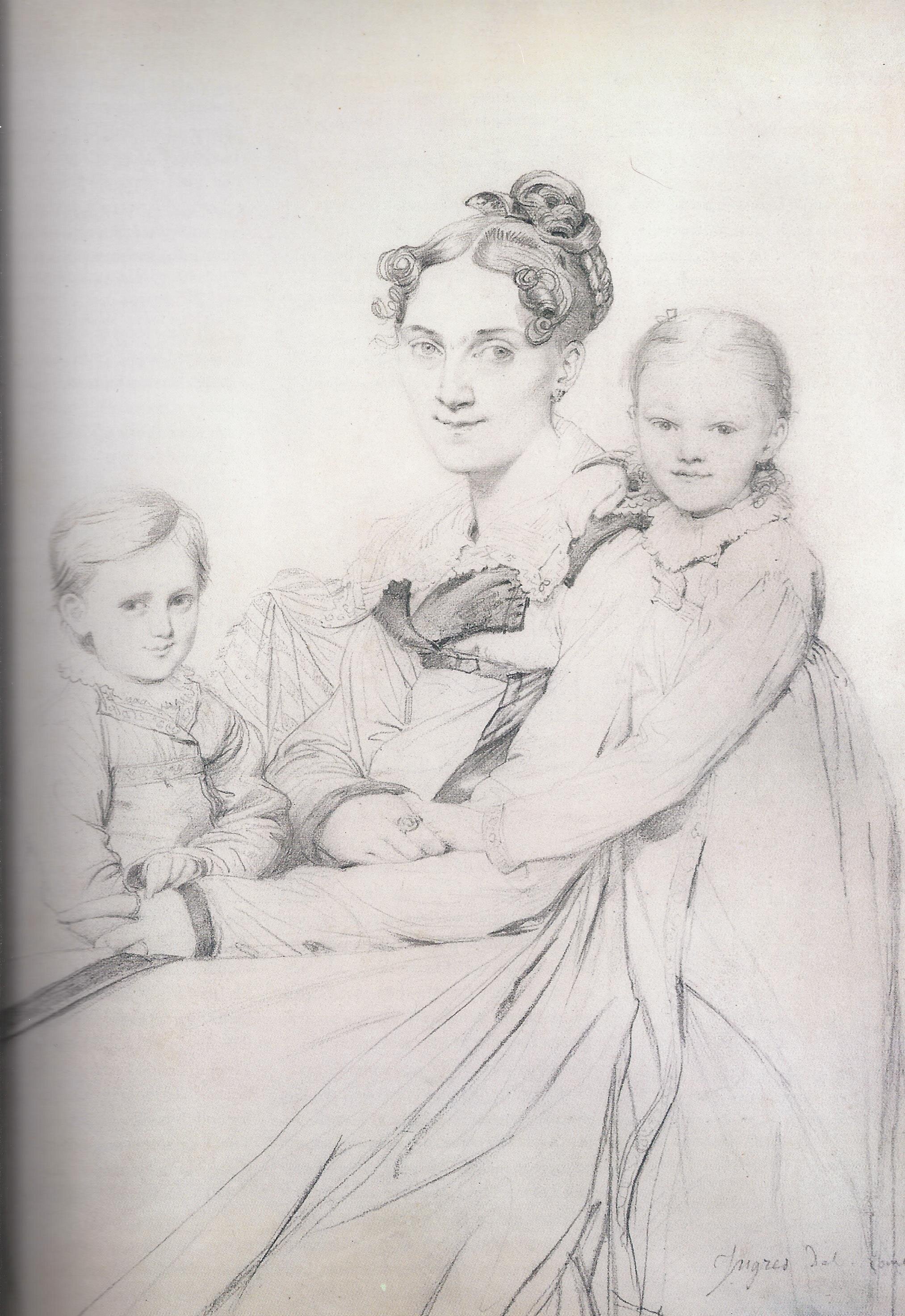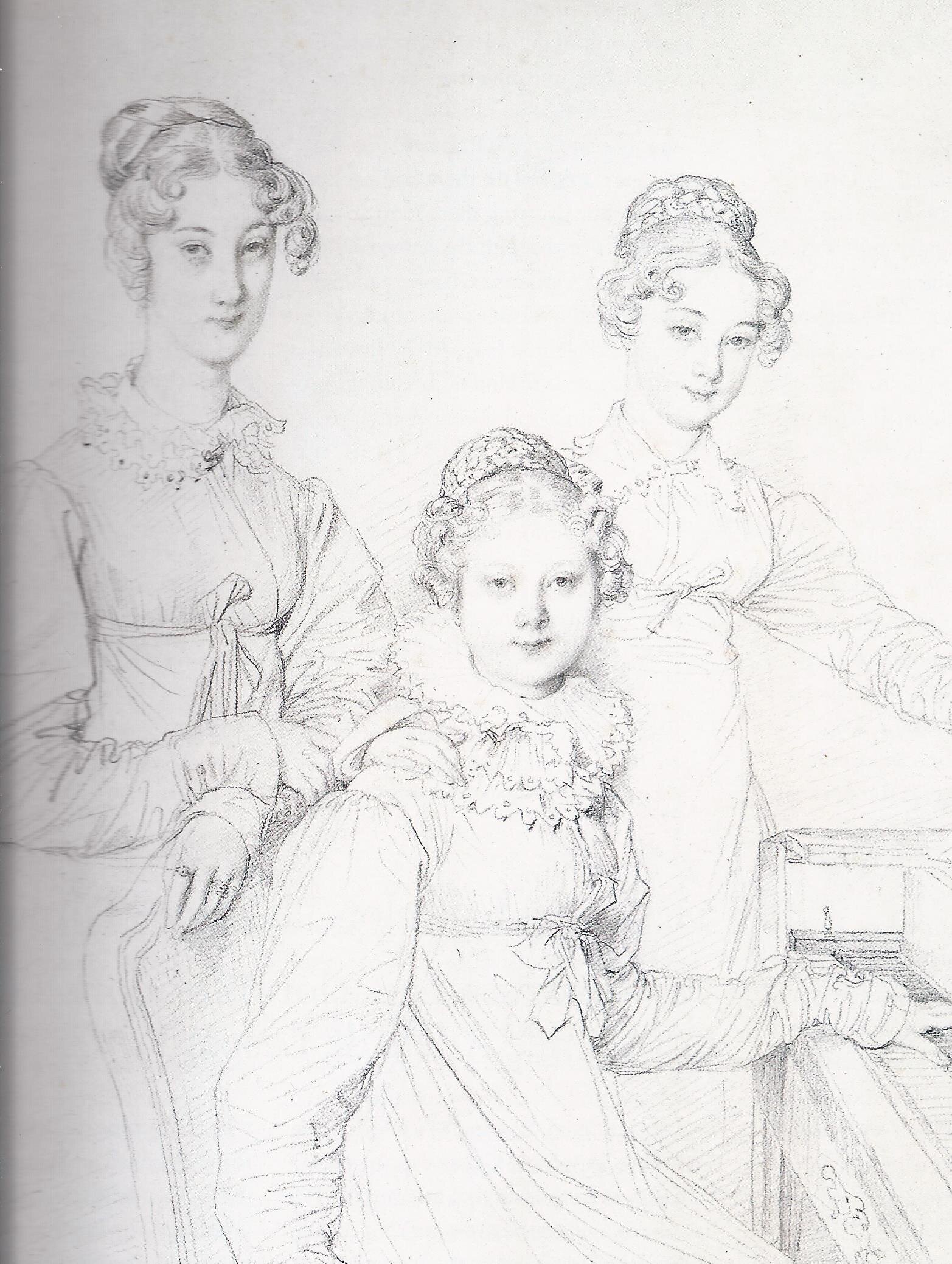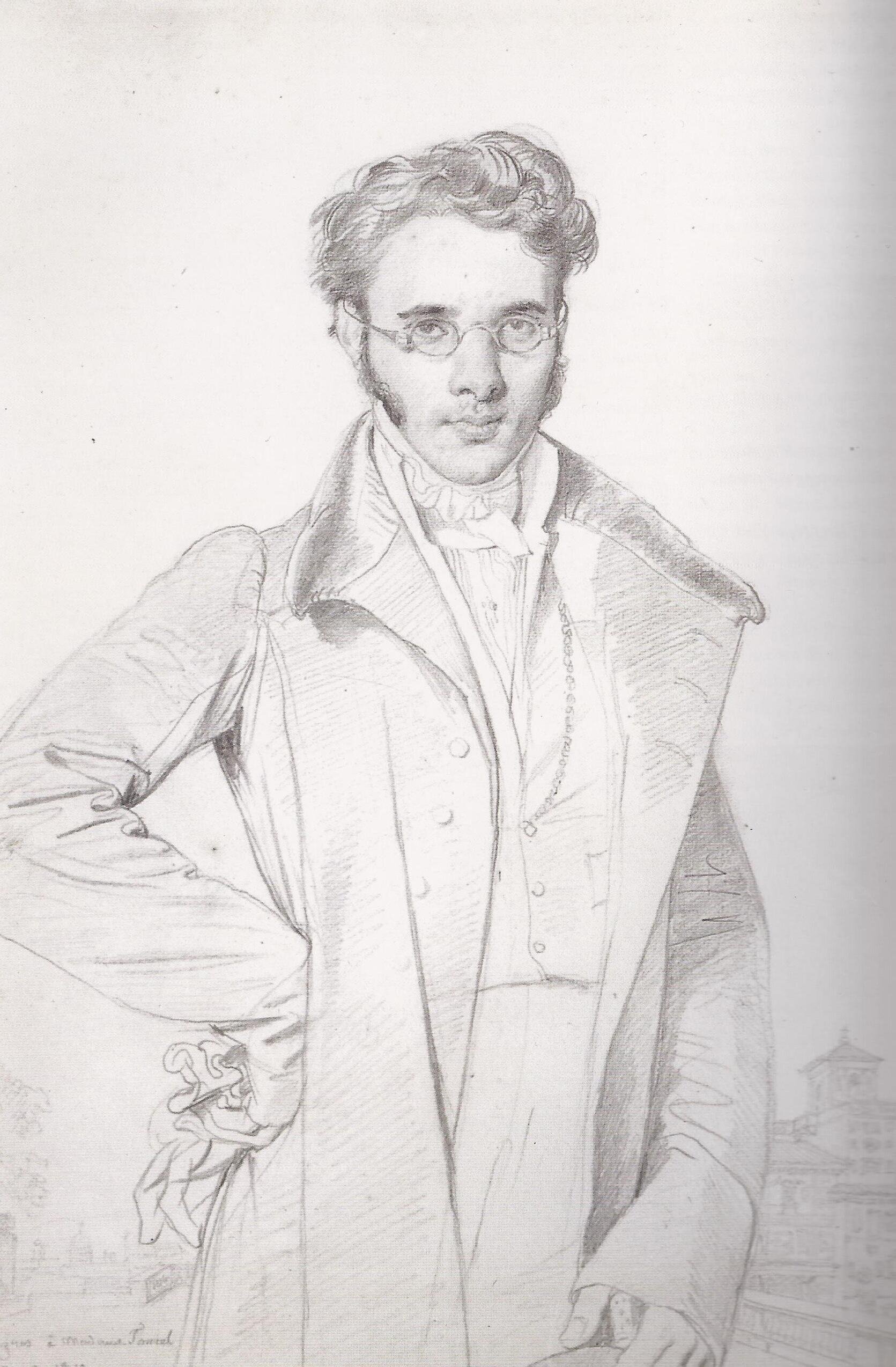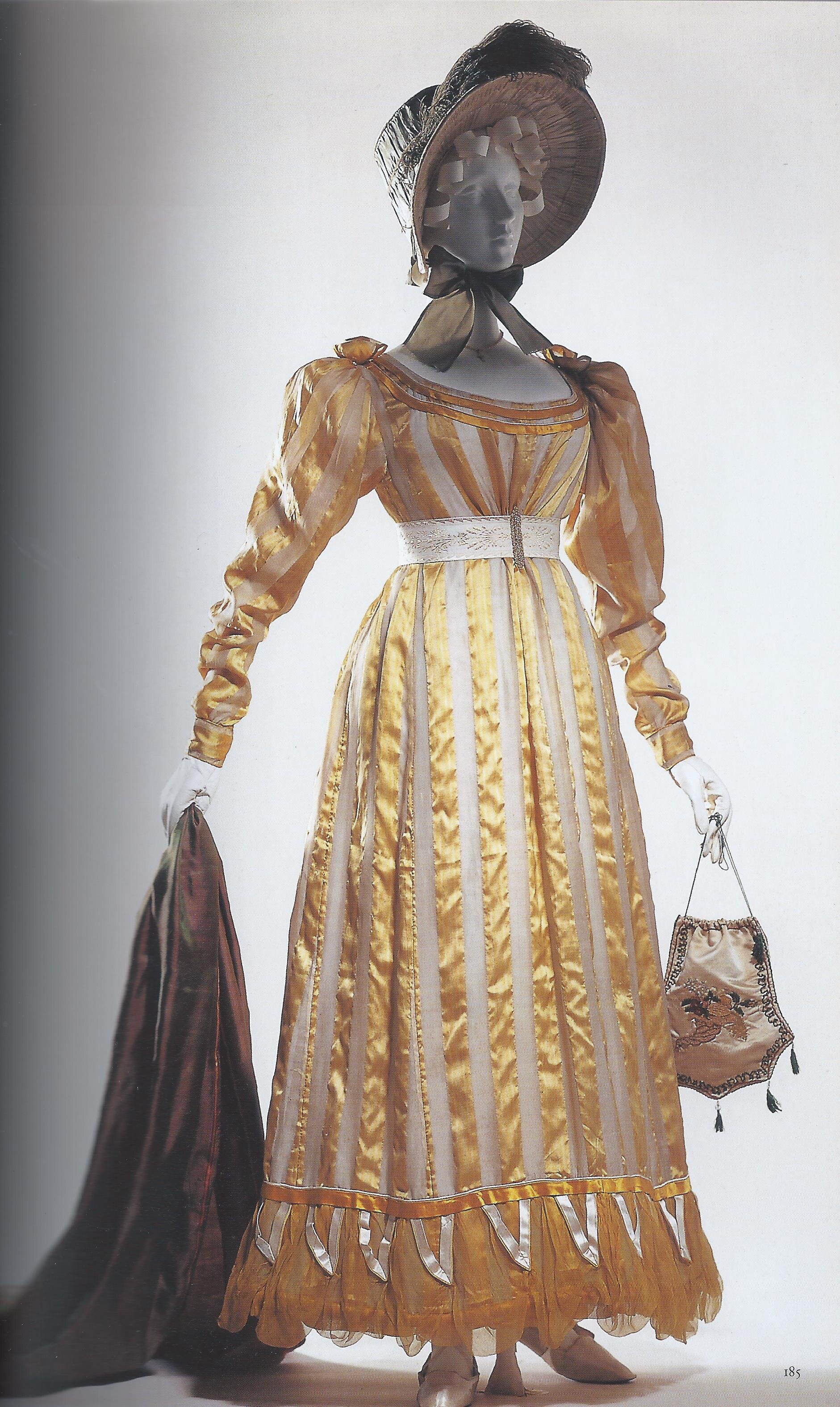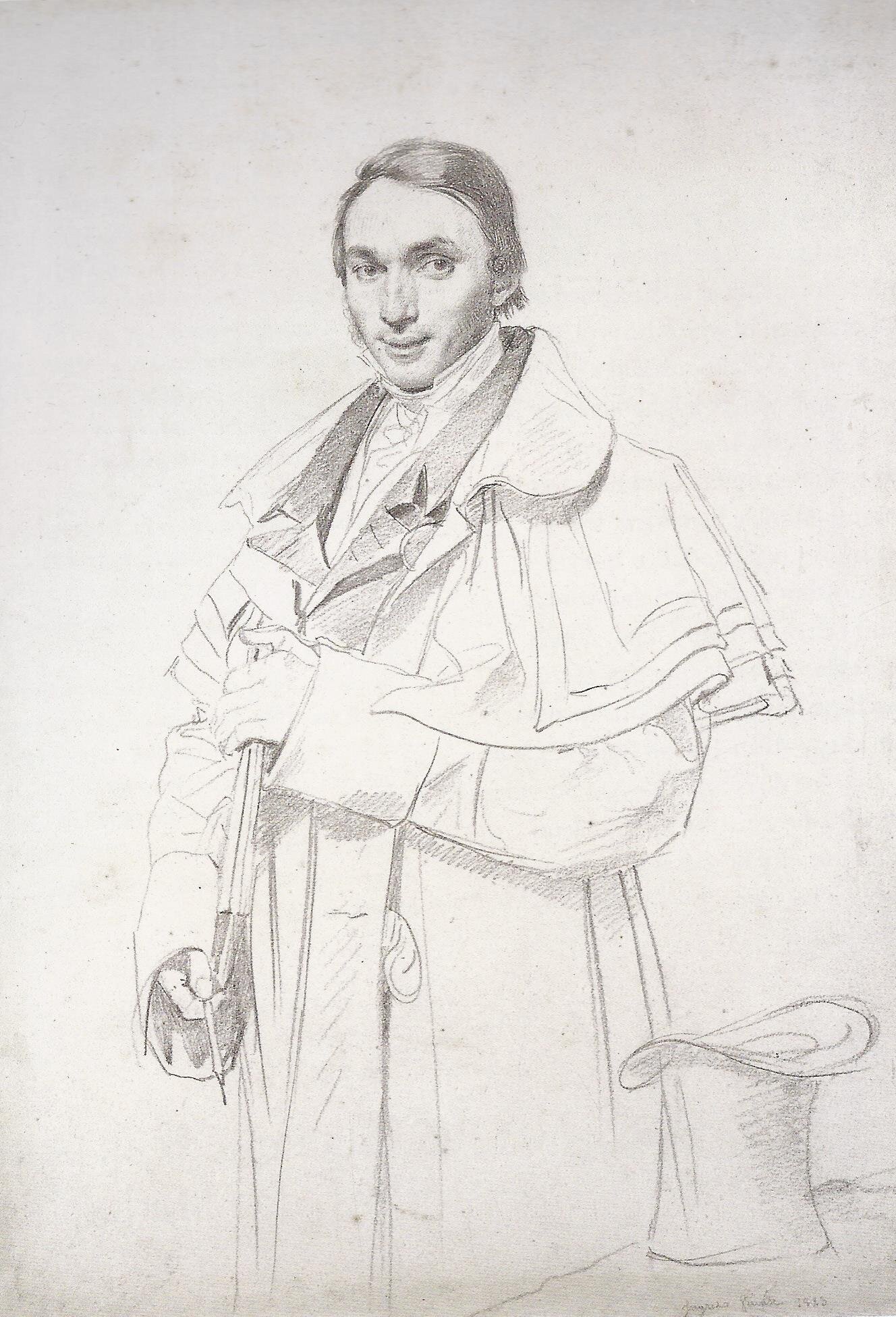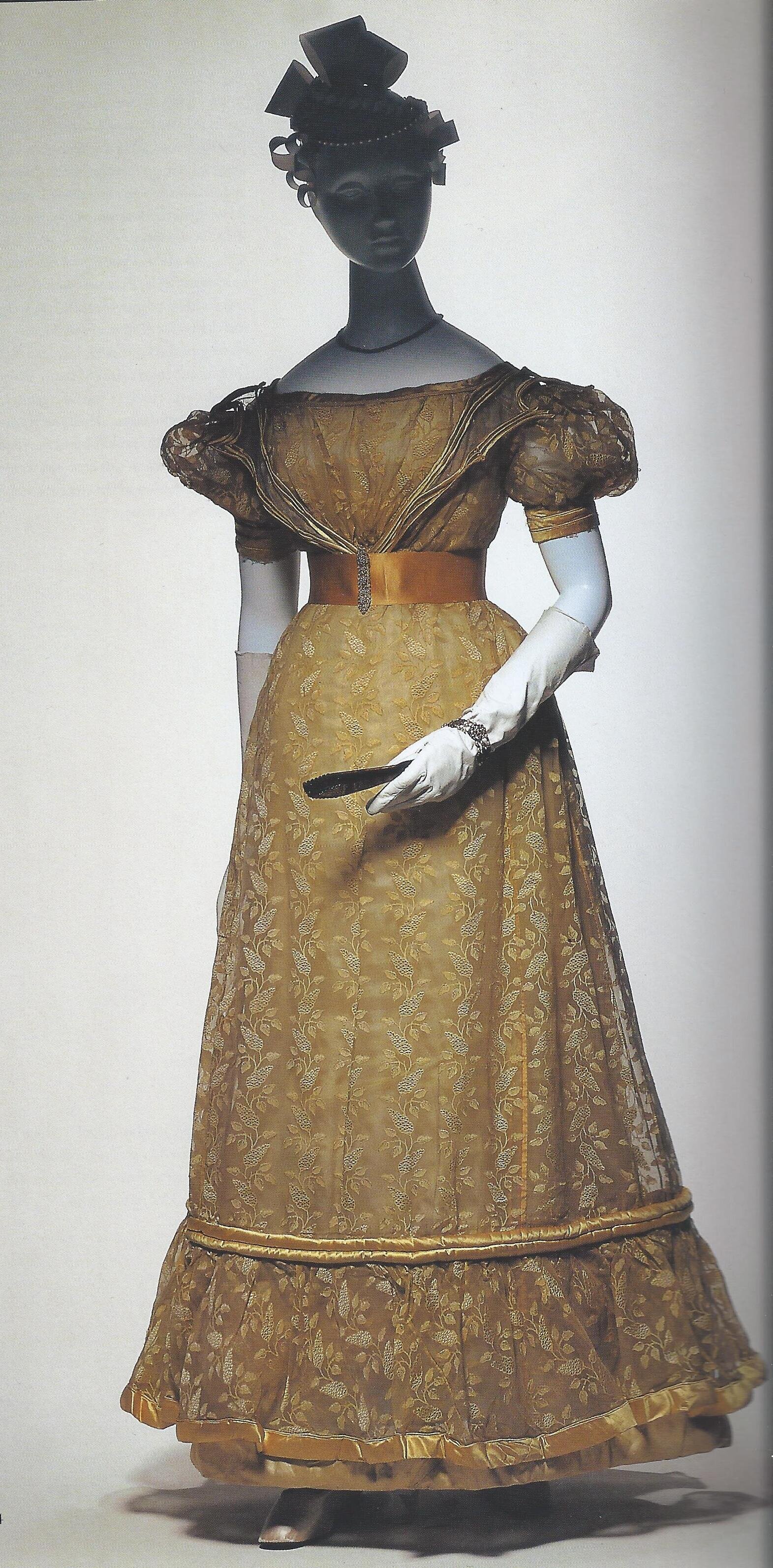Who lived in my house?
Click on the image of your house to see who has lived there before you. The names of the first people to live in your house have been taken from the poor relief (tax) records. Here we have the years from 1816 to 1885 which, although they only give a name and not occupation or other family members, should help to fill in the gap before Census records for your house are easily available. This site will help you look up the right house number if you do your own research, as many house numbers changed in 1881 and some also in 1844.
North side
South side
I can add any research you may have done yourself, or even memories or stories, to your house history. The lovely architectural illustrations are by Jeffreys Street resident John Green. If you would like to see the original records they are in Camden Local Studies Library in Holborn. Start with Microfilm no 542-593 for St Pancras Parish North. Sorry not to have information at the moment for Philia House, which was built in the 80s, number 32 which was originally Royal College Street or the new No 2 above the garages. I can add any info you have.
Who else has lived here?
Jeffreys Street has seen some well-known, very successful neighbours.
What kind of people lived here originally?
Middle class Regency Georgians, but not grand.
“The early streets of Camden Town … were laid out not with fine houses but with modest ones.”
"Camden Town assumed a ‘resolutely lower middle class nature’”. (Gillian Tindall - The Fields Beneath)
Gillian Tindall sums up that working class houses generally have a parlour on entering the house and a kitchen and scullery out the back. A middle class house, however modest, has a kitchen in the basement for staff to use. Booth's famous poverty map shows the middling nature of Jeffreys Street.
We can see how people would have looked thanks to costume designer Charlotte Holdich, formerly of Number 7.
Fashion started to change between 1816 and 1825 as the North side of the street was slowly being built and lived in.
As the South side of the street was built , mainly in 1825, the regency look became outdated, shoulder lines widened and empire lines started to drop towards the waist an preparation for the new Victorian era.
1840
High fashion in 1845
The Victorians
To roughly summarise Gillian Tindall's The Fields Beneath, the coming of the noisy, dirty railway and its arches really changed our area. Our china cabinets would have been shaken by the constant thunder of steam trains passing close by.
Back in 1816 Jeffreys Street had been quite aspirational. Some living on Kentish Town Rd around the corner were even ‘independently wealthy’ or gentry. (From tax records). By the late Victorian era our houses could be crowded with two families of perhaps hat makers and joiners, sometimes also with lodgers (from the census for no 19), rather than Georgian middle class clerks and the modestly successful. Camden Rd was no longer grand and there was a problem with brothels around Camden Street and Rousden St.
As the the last part of the South side was completed in 1848 the industrial revolution was in full swing.

